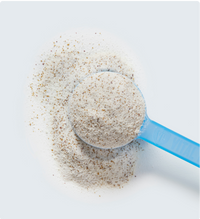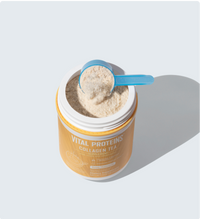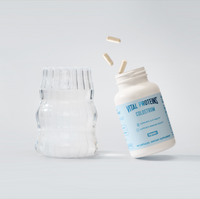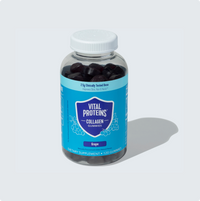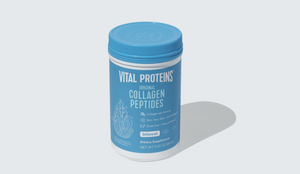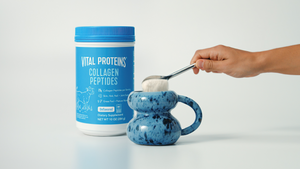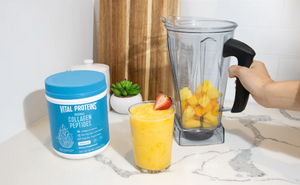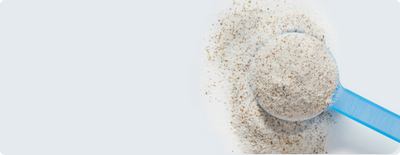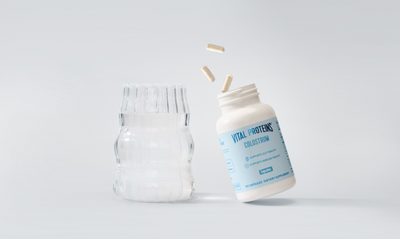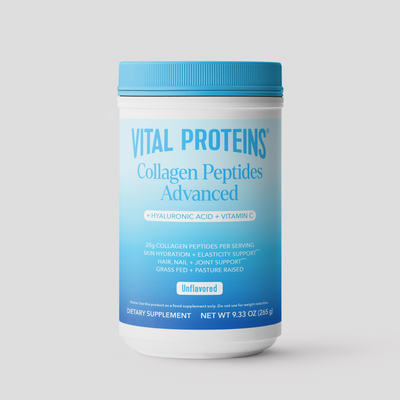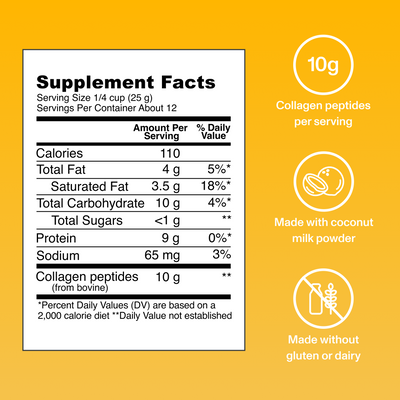Your cuticles are one of the most misunderstood parts of nail care.
Based on many trips to the nail salon, you may have been taught that tampering with them (i.e. cutting, picking or pushing them back) is for your benefit. Truth time: This is actually purely cosmetic.
“The cuticle acts as a protective layer around the nail bed and prevents bacteria from entering as nails grow out from the nail root,” explains Emily H. Rudman. Founder/CEO at Emilie Heathe. In other words, your cuticles are a lot more than just a flap of skin.
Wespoke to the experts to find out more about what cuticles are. This includes what you need to know ahead of your next visit to the salon.
Why do you have to push your cuticles back?
You don’t have to push your cuticles back. In fact, it’s highly discouraged to touch them at all. “Theyare the only barrier we have to protect germs, water and irritants from getting into the finger,” explains Tsippora Shainhouse, MD, FAAD, a board-certified dermatologist in Beverly Hills.
Picking, pushing or even cutting the cuticle can lead to inflammation (think: redness, swelling and pain). It could even cause an infection of skin around the nail called paronychia, she says. No mani is worth that!
why are my cuticles so bad?
If you’re staring down at your hands and asking yourself, “why are my cuticles so bad?” don’t rush to the salon. Instead, ask yourself a few questions. For starters: Are your hands dry?
“When the skin on your hands gets dry and chapped or over-washed, the cuticles can also become dry, thick, rolled or rough,” says Dr. Shainhouse.
If you’ve been washing your hands in a rough manner lately (likely due to the pandemic), focus on being gentler. Dr. Shainhouse also recommends applying hand moisturizer immediately after to soften the skin and smooth the cuticles. She likes Urea-based moisturizers for thicker skin.
If your cuticles are looking worse for the wear, ask yourself if you’ve been tampering with them. This includes anything along the lines oftrimming the distal edge of the cuticle skin or softening the cuticle and gently pushing the edge of the cuticle back, according toDr. Shainhouse. Just remember:It’s a delicate area to begin with, so tampering with it too much can break the protective seal.

how do you get rid of cuticles?
Again, you don’t want to get rid of your cuticles. You want to think of them as a delicate flower instead, aka something that’s in need of tender, loving care.For this, Rudman recommends regularly using two things: a serum or oil and hand lotion.
You’ll also need to look at what kind of nail products you’re using. That fiery red polish is in but that nail stick you use to push your cuticles back is out.“You should always be able to see healthy, thin cuticle skin attached to the nail plate. If you do not, you are at risk for developing paronychia,” Dr. Shainhouse tellsLively.

do cuticles grow back?
Yes, cuticles do grow back. But the time in which they do is entirely dependent on the current state of your cuticles. If they werecarefully trimmed or only slightly pushed back, Dr. Shainhouse says that they will grow back normally.
But if your cuticles are over trimmed, picked or pushed back, the road to healthy cuticles is a lot harder. “Sometimes, after chronic manipulation picking and pushing, combined with inflammation and damage, the new cuticle skin does not readily adhere back to the nail plate,” explains Dr. Shainhouse. In this case, it can take months for them to heal. “The inflammation (and infection) must be treated first.”
how do you heal the skin around your nails?
Moisturize, moisturize, moisturize! Rudman keeps her lotion next to her hand wash to maintain this habit. If you have mild irritation around the nails, Dr. Shainhouse says that the second step is to protect.
This calls for wearingrubber gloves when you’re doing anything that involves water, such as doing the dishes or cleaning. Then, switch to protective gloves when you’re going outside in cold, dry weather.
Growing strong, healthy nails is also as easy as drinking a cup of coffee. Or, at least, it is when you add in a scoop of collagen powder, such as Vital Proteins® Collagen Peptides or Vital Proteins Collagen Creamer®.
If you have severe inflammation though, or even a possible infection, kick care up a notch. Dr. Shainhouse recommends visiting aboard-certified dermatologist who specializes in treating skin and nail conditions: “Depending on the duration of the inflammation, you may be treated with prescription anti-inflammatory ointments, as well as antibiotics or even anti-yeast medications.”

